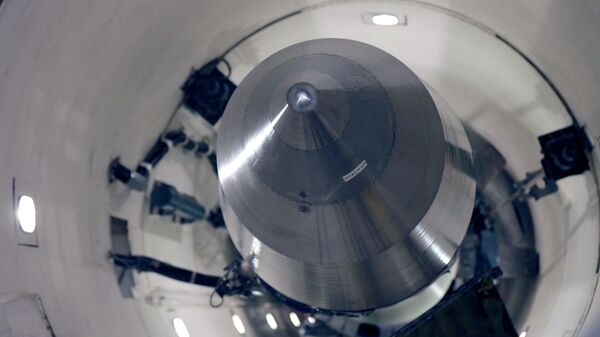WASHINGTON (Sputnik) — The strength of the US conventional military forces has lowered the threshold for its potential adversaries to use nuclear weapons, former Pentagon official and US strategic analyst Clark Murdock said on Monday.
“The implication of the conventional superiority of the United States, to me, this lowers the nuclear threshold, because it convinces our would-be adversaries to increase their reliance on nuclear weapons,” Murdock said in a Center for Strategic and International Studies panel discussion on the US nuclear posture.
To counter other nations’ nuclear posture, Murdock advocated the US development of smaller, tactical nuclear weapons. He explained a more flexible US nuclear arsenal enables the US to leverage a limited nuclear response, below a large-scale nuclear exchange.
Murdock- A robust forward deployment of nuclear forces is key to the future success of nuclear posture. http://t.co/QL3jxfoQUf #CSISLive
— CSIS (@CSIS) 22 июня 2015
Murdock currently leads several track-two dialogues on nuclear policy issues with US allies, and led a group of strategic analysts in producing a set of recommendations for the US nuclear posture from 2025 to 2050.
The US nuclear posture report, released on Monday, argues that the faster rate of nuclear proliferation was tied directly to US conventional military superiority.
Non-nuclear states including Iran, Iraq, Syria and Libya pursue nuclear weapons “as a counter or offset to US military prowess,” according to the report. Similarly, nuclear weapons nations, such as Russia and China, are pressed “to increase their reliance on nuclear weapons.”
Russia similarly reserves the right to use nuclear weapons when facing an existential nuclear, conventional or biological threat, according to the December 2014 Russian military doctrine.
Moscow has specifically warned the United States that it could levy a nuclear response if fundamentally threatened by US conventional forces, such as the proposed US Prompt Global Strike program.




